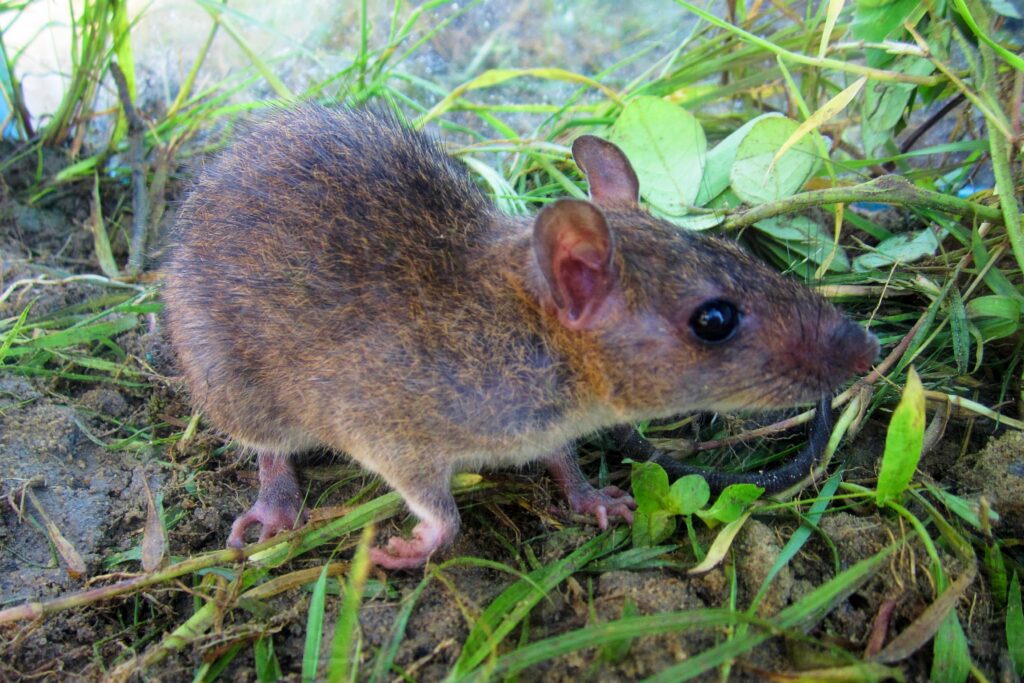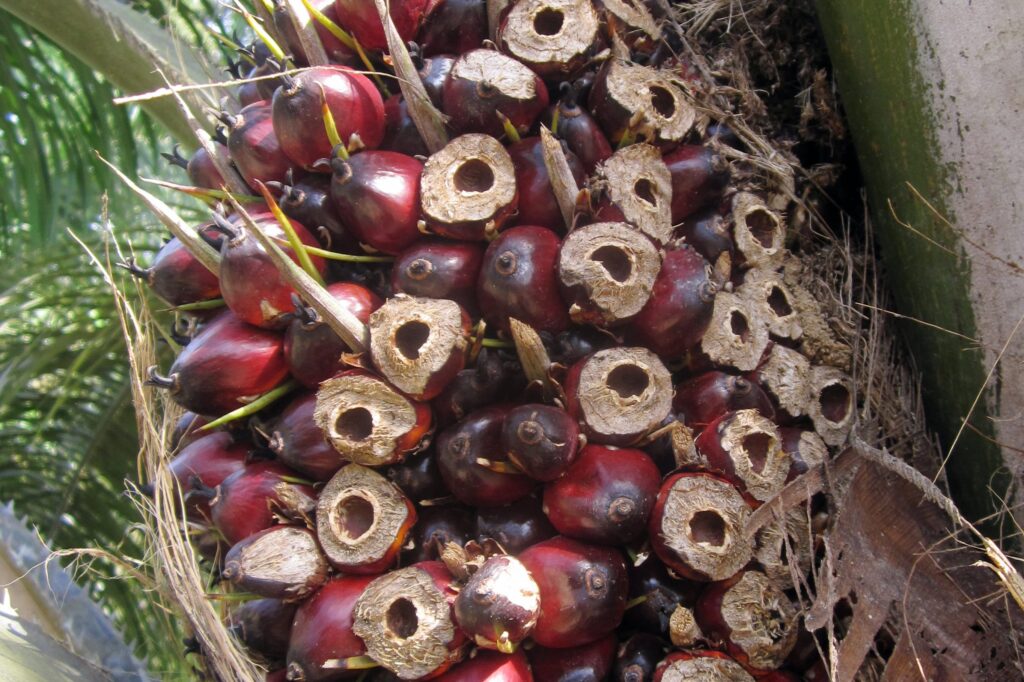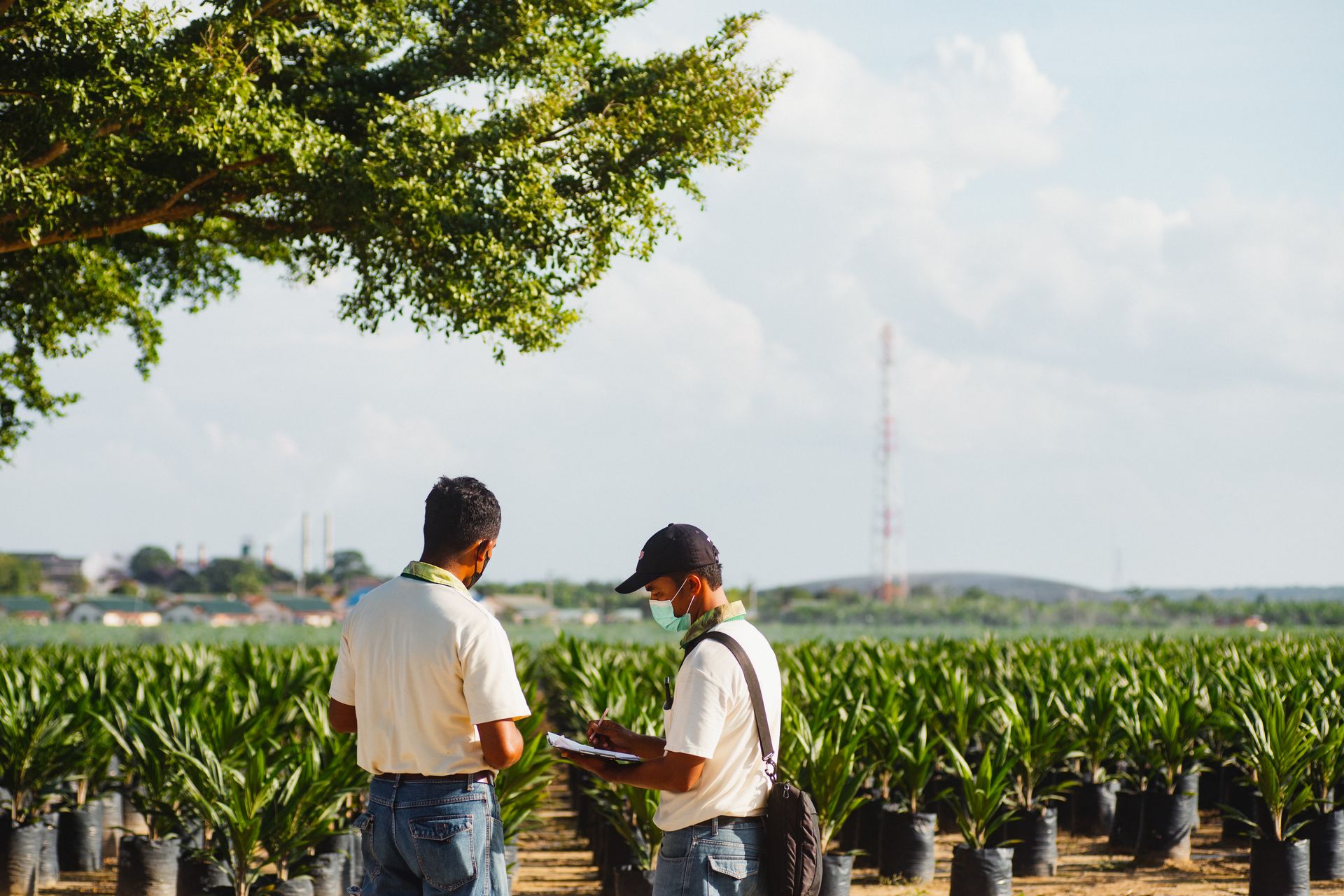Updated on 18 July 2024 by: Yeo Yu Teng
What are barn owls | Pest control challenges | Barn owl benefits | Implementation | Case study
Imagine you’re alone in the woods at night and hear a bone-chilling shriek, followed by the sight of a flying white figure. If you’re a rat, this is your worst nightmare – a barn owl hunting for its next meal.
Barn owls play a crucial role in integrated pest management by helping to reduce rodent pests in plantations. Let’s understand more about barn owls and how they effectively control rat populations.
What are Barn Owls?
Barn owls (Tyto alba) are pale, ghostly-looking birds with white, heart-shaped faces and dark eyes. That’s enough to make you jump if they appear suddenly in the dark. Their spooky appearance has earned them names like ghost owl, demon owl, and monkey-faced owl.

Size
Picture a house cat sitting down – that’s about the size of a barn owl. They are medium-sized owls, with females weighing around 570 grams and males around 470 grams [1]. Females are slightly taller, measuring 34 to 40 centimeters, while males are 32 to 38 centimeters tall. Their wingspan ranges from 100 to 107 centimeters.
Songs and Calls
Forget about the typical owl hoot. Barn owls produce a long, raspy scream when leaving their nest to hunt, like a spooky Halloween sound effect. Males use this call to attract females to nest sites, while females shriek less frequently.
Barn owls hiss loudly at intruders or predators who come too close to their nests. Juveniles also scream harshly when begging for food, but their calls are shorter and higher-pitched.
Location and Habitat
There are seven continents in the world, and you can find barn owls in six of them, except Antarctica. This makes barn owls the most widespread species of owls.
Barn owls live in both rural and urban areas. They prefer low-lying open environments like grasslands, deserts, marshes, and farmlands, nesting in hollow trees, cliffs, nest boxes, barns, and haystacks.
Their populations are stable and are considered “”Least concern” ” in the IUCN Red List of Threatened Species [2].
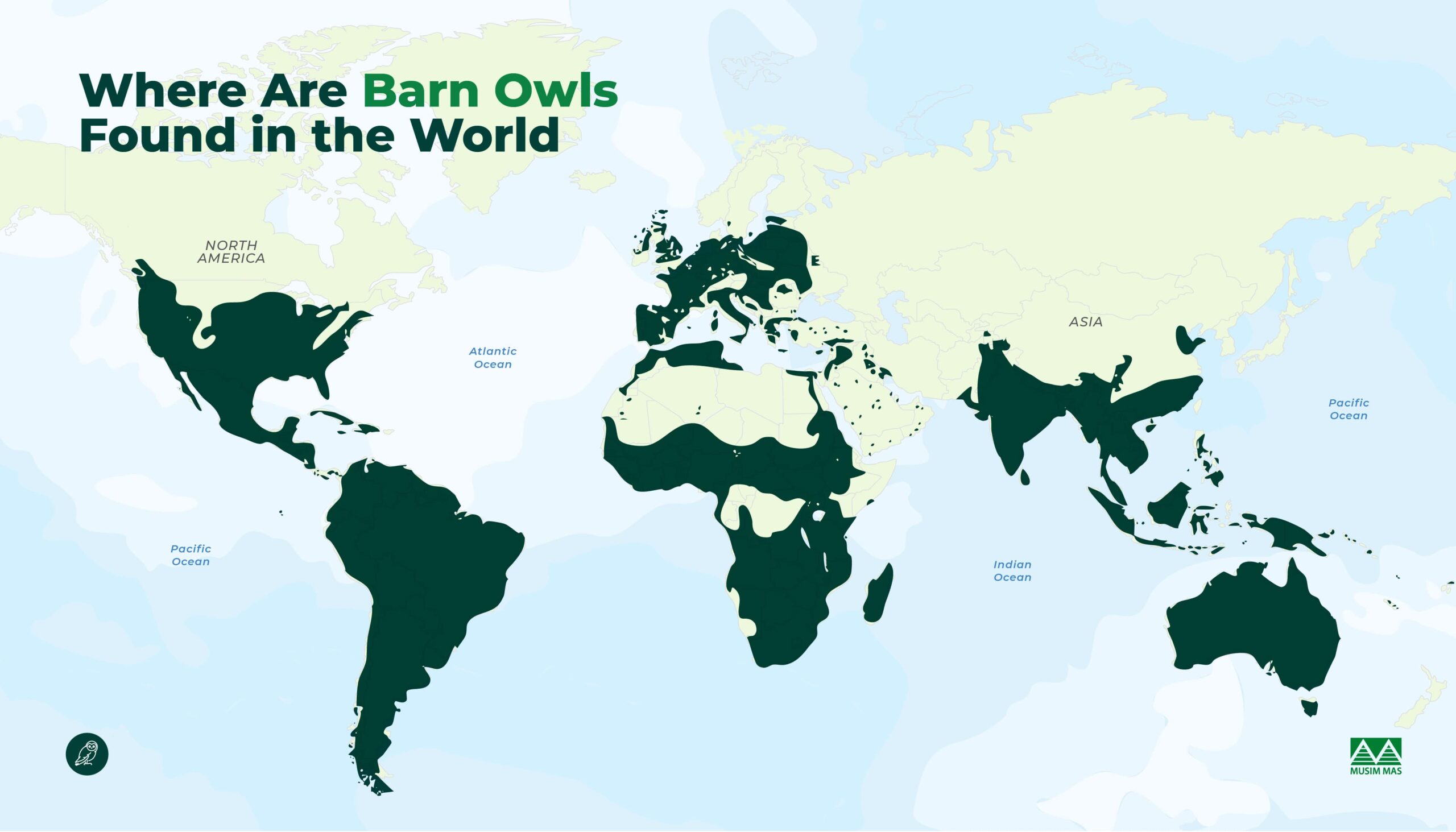
Diet
Barn owls are night owls, literally. They are nocturnal predators that mainly eat small mammals, especially rodents. They swallow prey whole and later regurgitate undigested bones and fur as owl pellets.
Barn owls are incredible hunters with some special abilities. They have exceptional low-light vision that helps them spot movement in grassy areas from afar. But when it’s completely dark, they switch to using their sensitive hearing to find prey. In fact, barn owls are the best birds at pinpointing exactly where a sound is coming from. Plus, their soft, downy feathers allow them to fly silently, sneaking up on their targets, swopping in faced-down, and grabbing the unsuspecting prey with their talons.
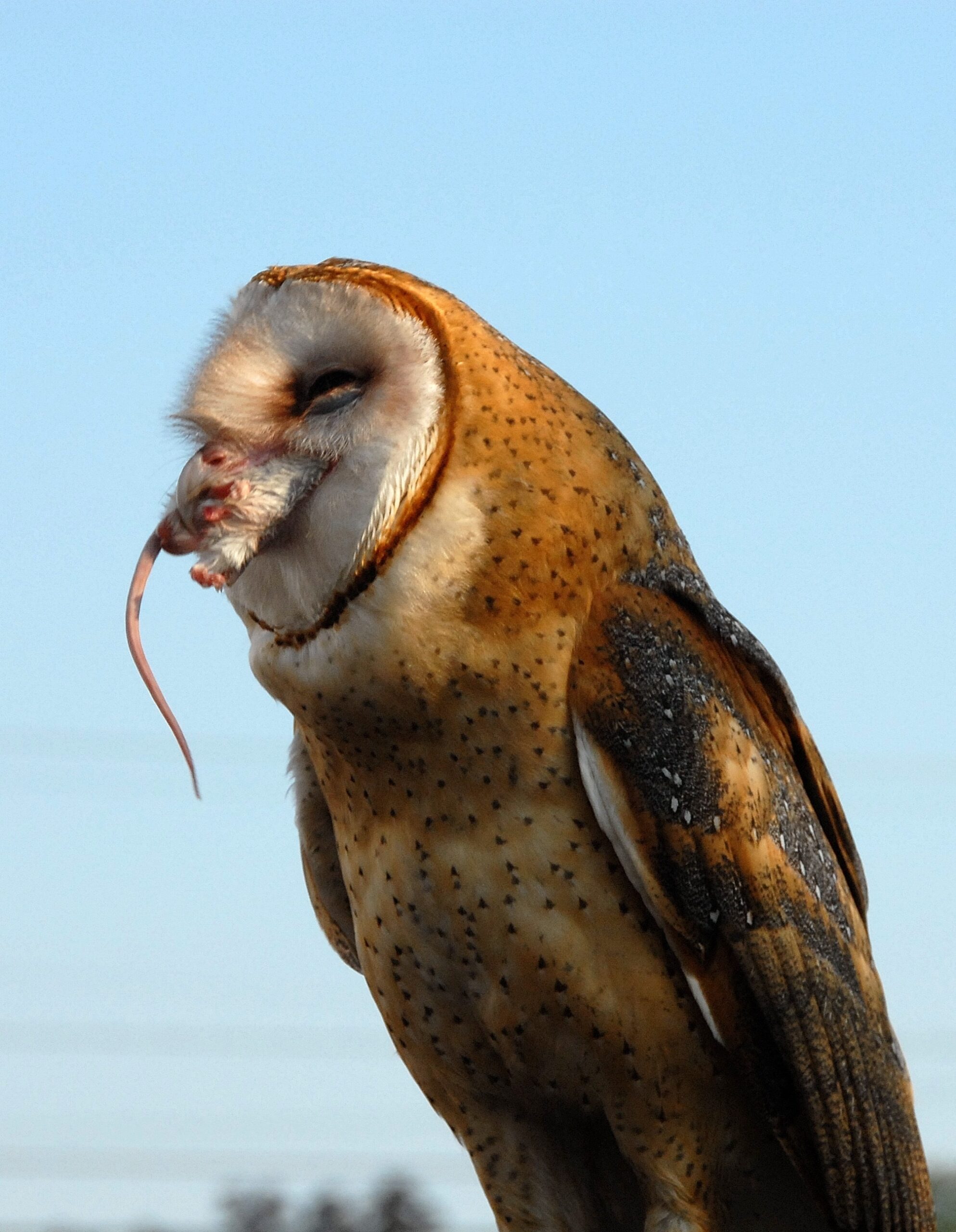
Pest Control Challenges in Plantations
In oil palm plantations, the three main types of rats you’ll come across are the Malayan Field Rat (Rattus tiomanicus), the Ricefield Rat (Rattus argentiventer), and the Malaysian House Rat (Rattus rattus diardii).
These rats munch on both ripe and unripe palm fruits and even chew on the frond buds of young palms, which can sometimes kill the plants. They’re fast and nimble, making them a real headache for planters trying to keep their numbers in check.
If the rat population jumps from a manageable 60 rats per hectare to 300 per hectare in just six months, the crop loss in the affected area could be anywhere from 5 to 15%.
The Rodenticide Dilemma
Most plantations use anticoagulant rodenticides to control rat populations. When rats consume this bait, the poison prevents their blood from clotting, leading to death from internal or external bleeding within 5 to 10 days [3].
However, rodenticides can pose risks to other wildlife that are not harmful to plantations. More studies are needed, but other animals may eat the bait intended for rats or consume rats that have ingested the poison, which accumulates in the rats’ bodies.
For instance, a study found that barn owls exposed to rodenticides had issues with survival and reproduction [4]. Plus, using rodenticides adds to the total cost of palm oil production. That’s why it’s important to look into less invasive ways to manage pests instead of relying on rodenticides.
Benefits of Barn Owl Pest Control
Barn owls are nature’s rat exterminators. Encouraging them to nest in plantations can significantly reduce rat populations. With 99% of their diet being rats, a pair of barn owls can eat 1,500 to 1,800 rats a year – about two rats a day. It’s like having a neighborhood watch program with diligent patrol officers keeping an eye out for rats.
This biological control reduces the need for rodenticides, lowering costs and minimizing environmental impact.

Implementing Barn Owl Pest Control on Plantations
Barn owls look for suitable nesting sites like cavities instead of building them from scratch like what birds usually do. To attract them, plantation workers can install nest boxes scattered across their land. These nest boxes can be wooden boxes or plastic drums.
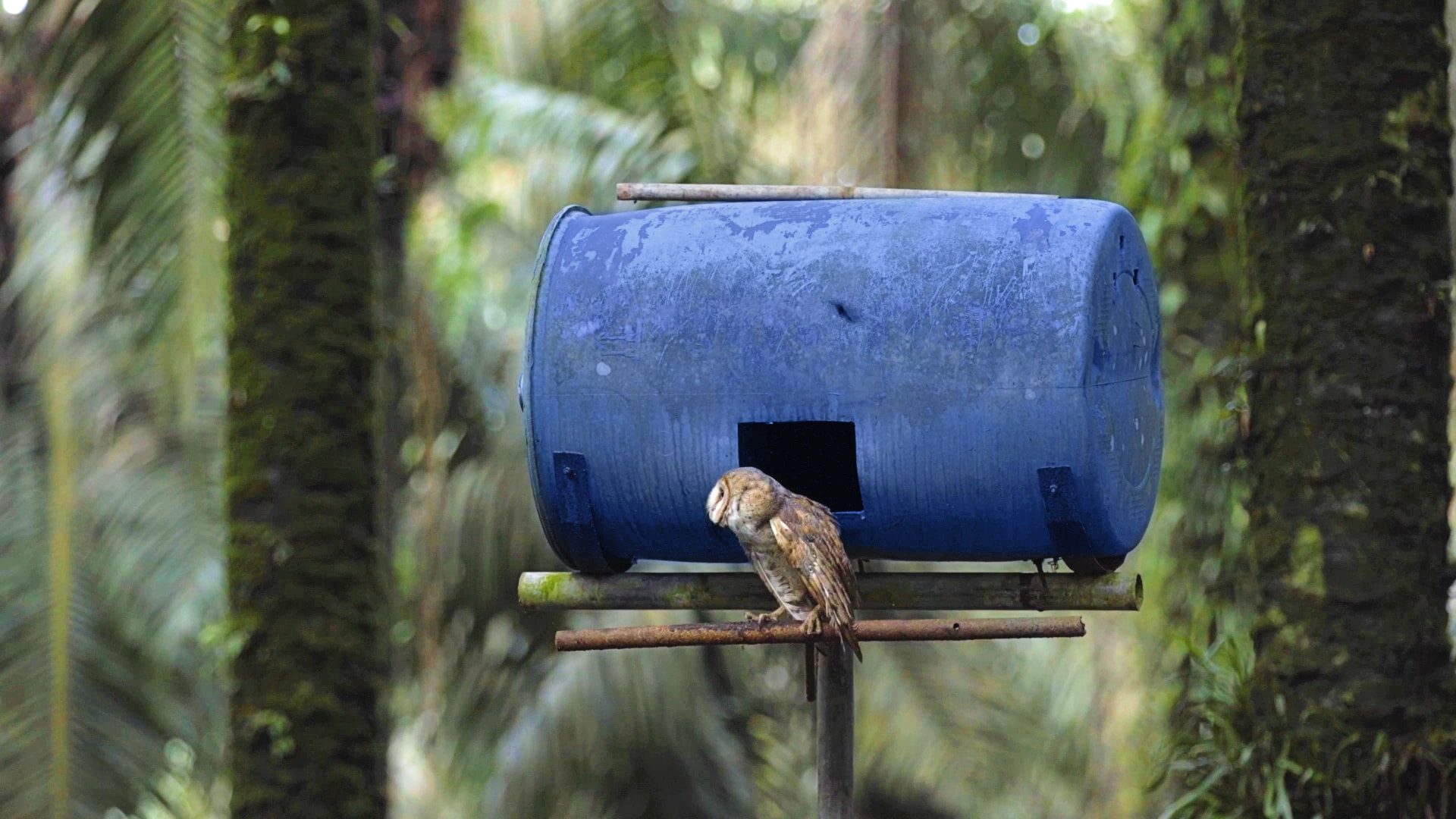
Once settled, females lay four to seven eggs, which hatch in about 30 days. While the females incubate the eggs, the males hunt rats within a 1.6 to 4.8-kilometer radius (800 to 7,200 hectares), bringing food back to the nest [5]. Barn owls typically breed once or twice a year.
As barn owls don’t really migrate, they can return to the same nest box the following year. Young barn owls reach sexual maturity after a year and can start their own families near their birthplace.
They are only mildly territorial, meaning they will defend their nests if you get too close. This allows farmers to set up several nest boxes in an area and expect occupancy from multiple families. More barn owls mean fewer rats, and no further input is needed from people since the owls can sustain themselves.
To illustrate, starting with 10 pairs of barn owls: if each pair has six owlets, that totals 80 owls, assuming all chicks survive to adulthood. With each owl eating two rats daily, 80 owls can consume 160 rats a day, or about 58,000 rats a year.
Case Study at Musim Mas
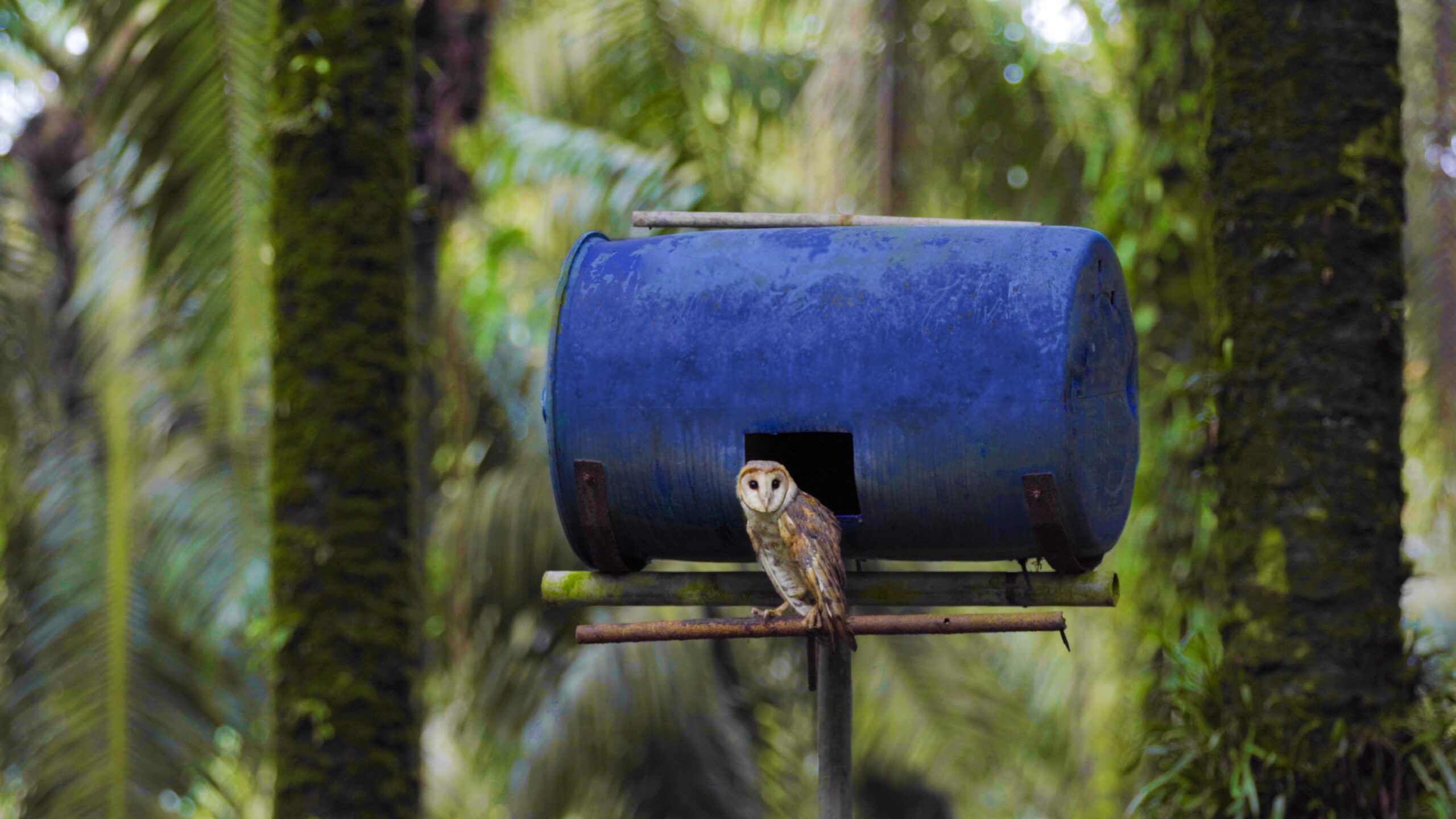
At Musim Mas Group, we’ve installed at least 1,300 nest boxes across our plantations to boost barn owl populations and combat rat infestations. We rolled this out in four stages, moving to the next stage only when barn owl numbers grew by more than 50%.
| STAGE 1 | STAGE 2 | STAGE 3 | STAGE 4 |
| 1 nesting box for every 90 hectares | 1 nesting box for every 30 hectares | 1 nesting box for every 15 hectares | 1 nesting box for every 10 hectares |
This strategy has enabled us to phase out rodenticides like Brodifacoum, saving 50 to 100% of baiting costs and lowering overall farming expenses. While barn owls significantly reduce our need for rodenticides by about 20%, they can’t entirely replace chemical control. Sometimes, rodenticides are still necessary as part of our integrated pest management strategy.
Rats are just one of the many pests in oil palm plantations. For pests like leaf-eating caterpillars, we use a different integrated approach, such as growing beneficial plants around the plantations.
Promoting eco-friendly pest control methods like barn owls is the way we encourage the sustainable production of palm oil. Continuous research and monitoring are essential to ensure these methods stay effective and environmentally friendly.
References:
[1] https://animaldiversity.org/accounts/Tyto_alba/
[2] https://www.iucnredlist.org/species/22688504/155542941
[3] https://www.apvma.gov.au/resources/chemicals-news/rodenticides
[4] http://jopr.mpob.gov.my/wp-content/uploads/2016/03/joprv28n1-hasber.pdf
[5] https://ucanr.edu/blogs/blogcore/postdetail.cfm?postnum=25626



